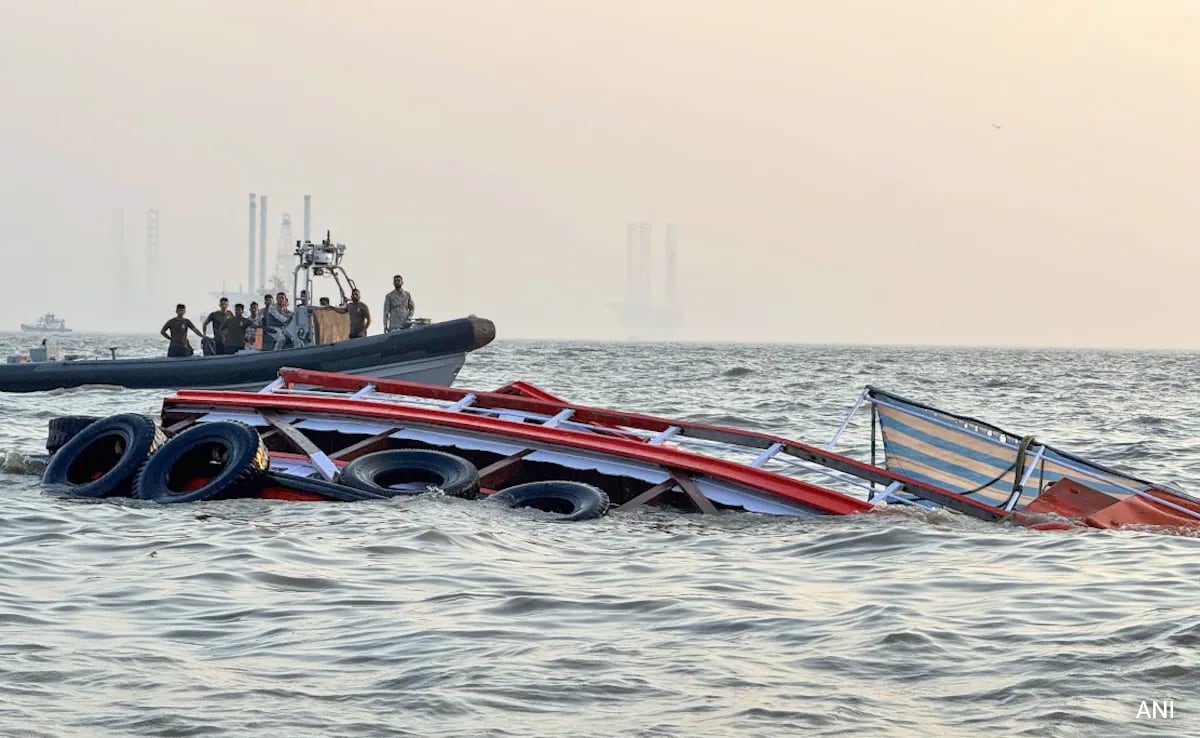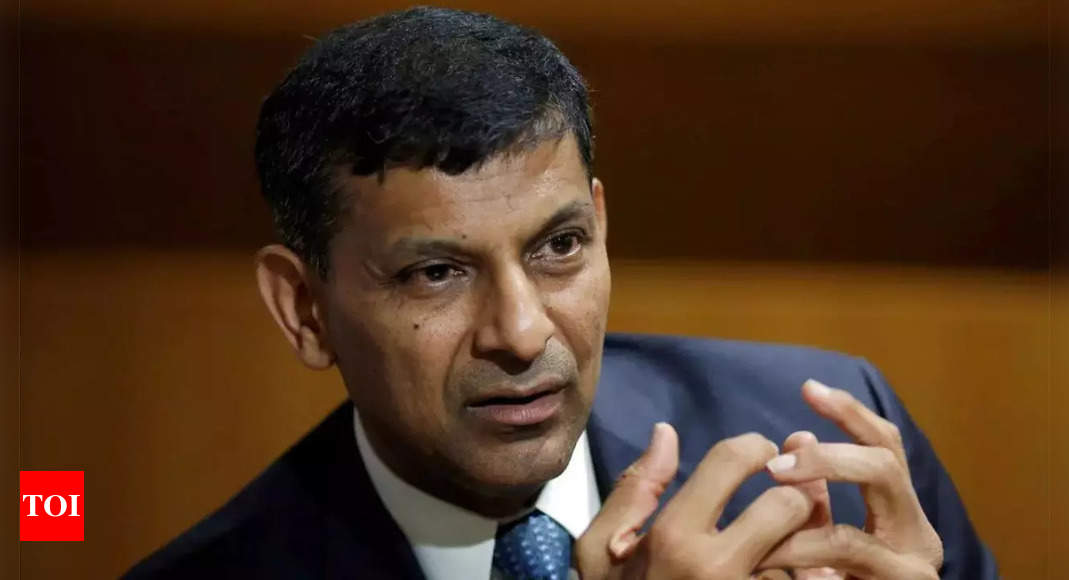
The court set a deadline of September 17 for the CBI to submit the updated report.This direction came from a bench headed by Chief Justice DY Chandrachud, who reviewed the status report submitted by solicitor general Tushar Mehta on behalf of the CBI. The report was presented in a sealed cover, reflecting the sensitive nature of the investigation.
The court issued a directive saying that protesting doctors must resume their duties by 5pm tomorrow, and upon doing so, they should not face any repercussions. The SC, however, cautioned that failure to comply with this order might result in the state government taking disciplinary measures against the absent doctors, as the court would be unable to intervene on their behalf in such a scenario.
The bench, also comprising Justices JB Pardiwala and Manoj Misra, expressed its reservations about interfering with the investigative process. “A status report has been filed by CBI, it appears that the investigation is in progress. We direct the CBI to file a fresh status report… We don’t want to guide the CBI on its investigation,” the bench said, affirming its stance of allowing the agency to conduct an independent and thorough inquiry.
Solicitor General Mehta informed the court that forensic samples from the crime scene would be sent to the All India Institute of Medical Sciences (AIIMS) for further examination.
Zoom in
The rape and murder case in question has shaken Kolkata, prompting protests across the state. On August 9, the victim’s body was discovered with severe injuries inside the seminar hall of the chest department at RG Kar Medical College, a state-run hospital. The victim, a postgraduate medical student, was found brutally assaulted, which led to a massive public outcry. A civic volunteer was arrested by Kolkata Police the following day, but many questioned the police’s handling of the case.
The public’s anger intensified when it became apparent that the initial investigation by the Kolkata Police was delayed, and they were slow in registering the incident as an unnatural death. On August 22, the Supreme Court sharply criticized the Kolkata Police for its lackadaisical response, describing the situation as “extremely disturbing.” The apex court pointed out the inconsistencies in the police’s procedural formalities and timeline, further raising concerns about the local administration’s capability in handling such sensitive matters.
The case has also sparked a larger conversation about the safety and security of healthcare workers, particularly women, in public spaces. The apex court had previously constituted a 10-member National Task Force (NTF) to formulate a protocol for safeguarding healthcare professionals, underscoring the importance of ensuring safety in hospital settings. This tragic incident has brought these concerns to the forefront, further fueling calls for systemic reforms in hospitals across the country.
Big picture
At the hearing on Monday, the West Bengal government informed the Supreme Court that the ongoing strike by doctors, who are protesting the rape and murder, has led to 23 deaths in hospitals. Senior advocate Kapil Sibal, representing the state government, submitted a status report prepared by the state health department detailing the toll caused by the disruption in medical services. “A status report has been filed. The state health department has filed a report. Twenty-three people have died as doctors are on strike,” Sibal told the bench.
The strike, which began shortly after the discovery of the victim’s body, has crippled healthcare services in Kolkata. Protesting doctors have demanded justice for their colleague and greater protection for medical personnel. Their demonstrations have added to the pressure on the West Bengal government, which is struggling to manage both the fallout from the crime and the ongoing healthcare crisis.

In response to the strike and concerns over security at RG Kar Medical College, the Supreme Court directed a senior officer of West Bengal’s Home Department and a senior officer from the Central Industrial Security Force (CISF) to ensure that all three companies of the CISF deployed at the hospital are provided with accommodation. Furthermore, the court ordered that all necessary security gadgets be handed over to the CISF by the end of the day, ensuring a heightened security presence at the hospital.
Between the lines
The alleged rape and murder of the junior doctor have not only sparked protests from healthcare workers but also ignited a wave of civil unrest across West Bengal. The incident, described as “horrific” by the Supreme Court, has led to widespread public outrage. Many are angry over what they perceive to be a cover-up and mishandling of the case by the state authorities. This disillusionment has been further exacerbated by reports of vandalism at the hospital and political interference in the investigation.
The public outcry has grown to encompass broader issues of safety for women in both public and private spaces, with protesters demanding systemic changes to protect women from violence and harassment. The protests have largely been led by members of the middle class, who feel that their concerns have long been ignored by the state government. “The Kar incident seems to have erased the limiting class consciousness of the educated civil society, which has now chosen to lead the protests instead of being led,” Biswajit Bhattacharya, a senior journalist, told news agency PTI.
What they are saying:
Observers and participants alike are framing the protests as a significant societal shift in West Bengal. As per a PTI report, senior journalist Biswajit Bhattacharya noted that the “Kar incident seems to have erased the limiting class consciousness of the educated civil society,” empowering them to lead the movement rather than follow. He added that the protests have been “spontaneous and unlike anything seen before,” driven by deep-seated public anger.
Maidul Islam, a political science professor, described the protests as stemming from a “crisis of representation” and a growing disillusionment with political leadership. He explained that the outpour of public anger has surpassed traditional political boundaries, with the middle class rallying behind a cause that is both a demand for justice and a cry for systemic reform.

Islam, however, was cautious about making any sweeping conclusions about what this means for the ruling Trinamool Congress (TMC). “At best, I could call the phenomenon the beginning of the end of the middle class’s bonhomie with the TMC. The rural sector is not yet completely aligned with this largely urban sentiment,” he told PTI.
Former civil servant Anita Agnihotri called the protests a “unique phenomenon,” emphasizing that it is not just about the crime itself but about the “appalling manipulation” of the investigation. “It’s not a response to a crime alone, nor is it organised solely around the issue of security for women in the workplace. What shocked and angered people is the gruesome crime’s likely outcome of a network of crime, extortion, and organised rackets,” she told PTI.
What’s next
As the investigation continues, all eyes are on the CBI’s next moves. The Supreme Court’s demand for a fresh status report by September 17 places additional pressure on the agency to deliver concrete findings. The decision to involve AIIMS for further forensic analysis suggests that the CBI is taking a meticulous approach to ensure there are no gaps in the investigation.
For the West Bengal government, the situation is becoming increasingly difficult to manage.
Meanwhile, the protests show no signs of slowing down. What started as a demand for justice for one woman has grown into a larger movement calling for systemic change in how crimes against women are handled. Political analysts caution that while the protests are currently being described as “apolitical,” the movement may evolve into a political force capable of challenging the state’s status quo.
(With inputs from the agencies)







